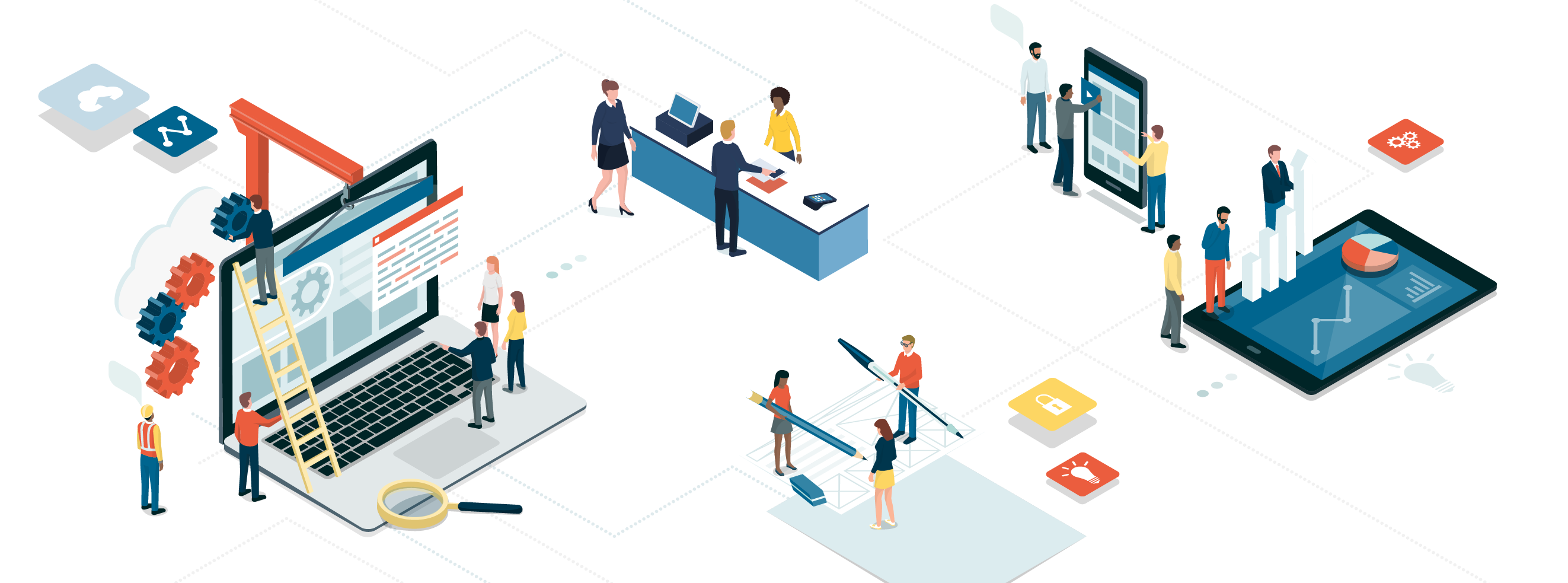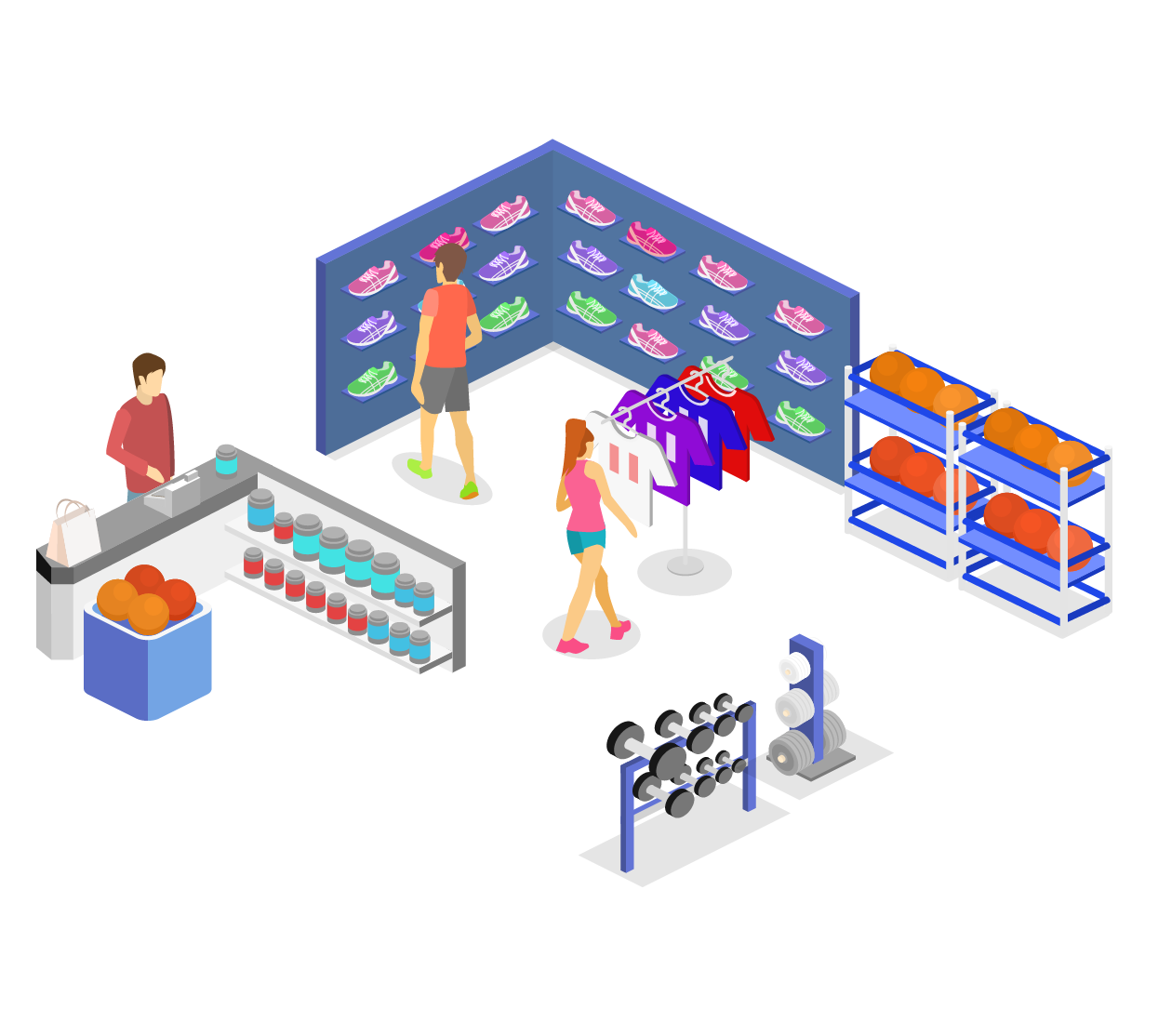How a 500 store Retailer saved time and ensured project success

Far, far too often retailers find themselves several steps into a project only to discover that it isn’t perfectly clear what every business department involved can expect as a result or even which systems will end up being impacted. Even worse are scenarios in which there are disagreements about the data in play or the process being supported. That’s why early alignment is crucial to the timeliness and success of any project.
Below we’ll examine two different project scenarios a prominent sports retailer with over 500 stores faced and how RedIron would help them overcome these hurdles, deliver a return sooner, and implement a baseline from which all other projects can be successfully completed.
RedIron Results
- Accelerated project timelines by up to 25%
- Ensured project costs by protecting against poor project definition, incomplete information & inadequate communications
- Provided a suite for ongoing collaboration between Store Operations, Information Technology, and Retail Vendors

Our client is a premier American sports retailer operating over 500 stores across 45 states with a strong brick-and-mortar, and online presence. As a brand leader, our client values the customer experience and was able and willing to invest in improving. Their driver for this investment was the need for a seamless returns experience for customers across their network of stores and the ability to rapidly update inventory. So, the first project tapped is an enterprise returns solution. A seemingly straightforward project, until they begin to get started.
The Challenge
This retailer has a complex landscape of products and solutions, and gaining alignment on how everything fits together along the way is a challenge. The returns project is approved, the team and vendors are selected and the project is underway. Operations begin receiving different directions, desires, and requirements from both Brick-and-Mortar and eCommerce.
Elicitation sessions begin and Excel is used to capture Requirements definition and communication. Project communication is heavily skewed to the changing requirements and edits were added to the spreadsheet. Business departments begin to grow weary of each other as Information Technology and Stores Operations end up extending the process from a daily call to a number of days together in in-person meetings.
After weeks, the business departments all agree and the requirements are locked. One month later than originally committed to the CEO. The project begins and the requirements continue to be frequently modified even after the formal statement of work.
Development, configuration changes, and testing were complete from the Vendor. The solution is delivered for User Acceptance Test (UAT). Testing begins for Retailer and functional testing seems to be going well. Information Technology does a demonstration to Store Operations and there is an issue. Store Operations does not like the look of the solution and the result of some of the amended requirements and the two groups are at cross-purposes yet again.
The project is tabled, the requirements need to be re-visited. Operations create a new Excel document using cut and paste of pieces from the original. The revised project and timelines are set and the project is restarted. Development and testing are complete and delivery is again sent to customer UAT. Communication between Store Operations and Information Technology is strained as pain and stress from the delay are passed around. During testing new requirements are added which causes new development and the new development creates issues, which were then resolved, but our clients’ project timeline is ballooning.
The project is put on pause as the timeline is pushing up to the Holiday season. Five months later than planned, no deployment and no return on investment for the business. Post holidays the retailer does not have the desire to re-engage in the project.
Six months later the project is re-visited, only the original requirements are lost, changed, and in some cases no longer relevant. An Information Technology person left the company and a new person was hired without the institutional and environmental knowledge. The project is never completed and the return on Investment is lost.
The Solution
Our 500 store retailer chooses The Traceability Engine from RedIron which is an Automated Requirements through a Testing solution that comes pre-populated with 450 Customer Use Cases and 580 Test Cases. The solution creates an Automated Baseline for your Current Project and the Working Set for all Future Projects.
Loyalty & E Receipts Project: Project Approved. Store Operations defines project goals in a meeting with Information Technology and Vendor. The vendor uses Traceability Engine and one Engineer for the next two weeks. At the end of the two weeks, all requirements were mapped from current environment to future state, all use cases and test cases were identified. The vendor met with Store Operations and Information Technology and buy-in/sign-off was initiated for the project.
Development was started, one new requirement came up during the development stage and was plugged into the Traceability Engine and it was determined that it could be resolved with minimal effort.
As with many things, a great way to be more efficient is to avoid unnecessary issues by better identifying problems earlier on in the project process. That’s where RedIron’s Traceability Engine comes into play. In the long run, issues become easier and faster to fix, not longer. To learn more about how RedIron could help you ensure you meet project timelines, get in touch.

